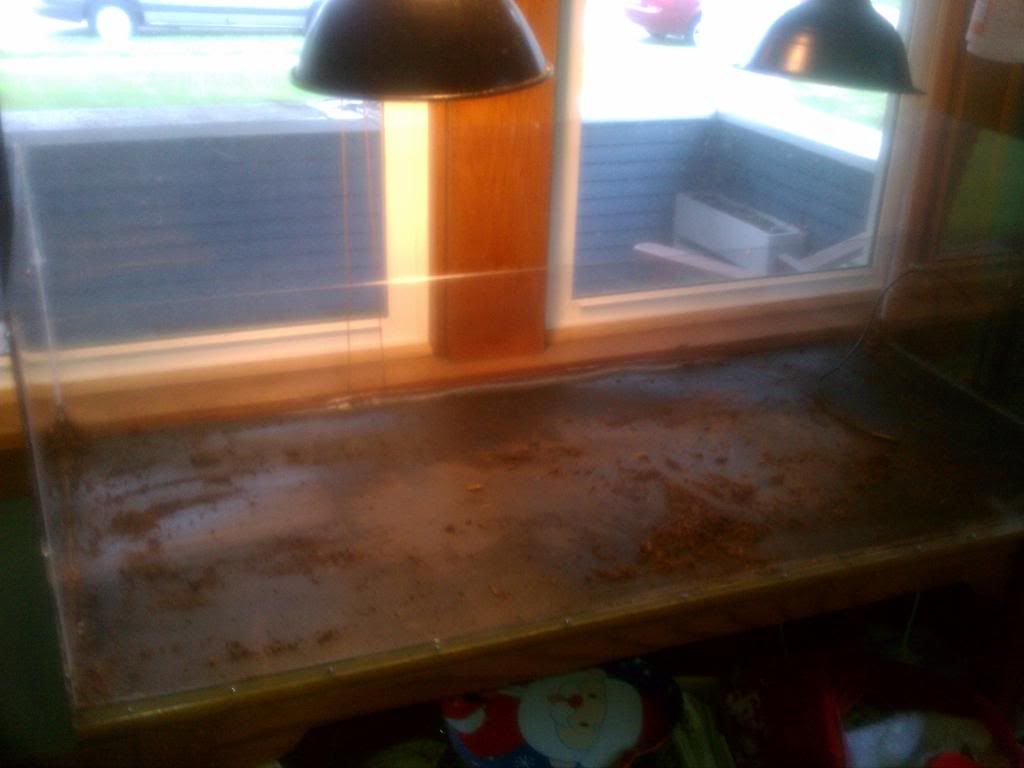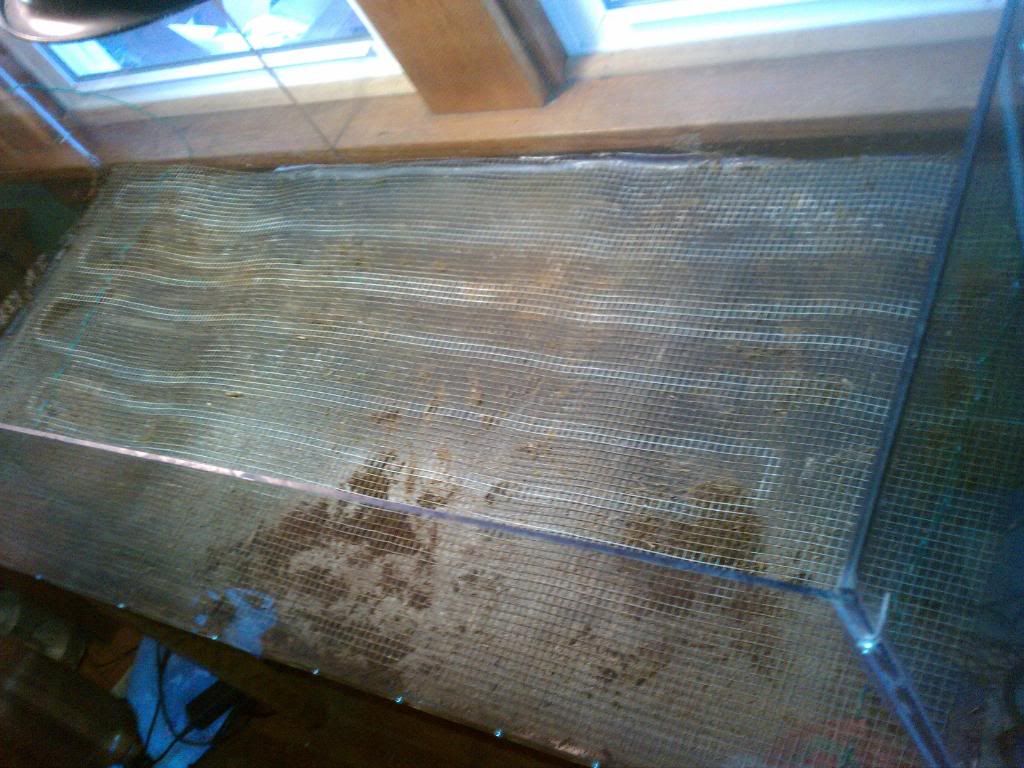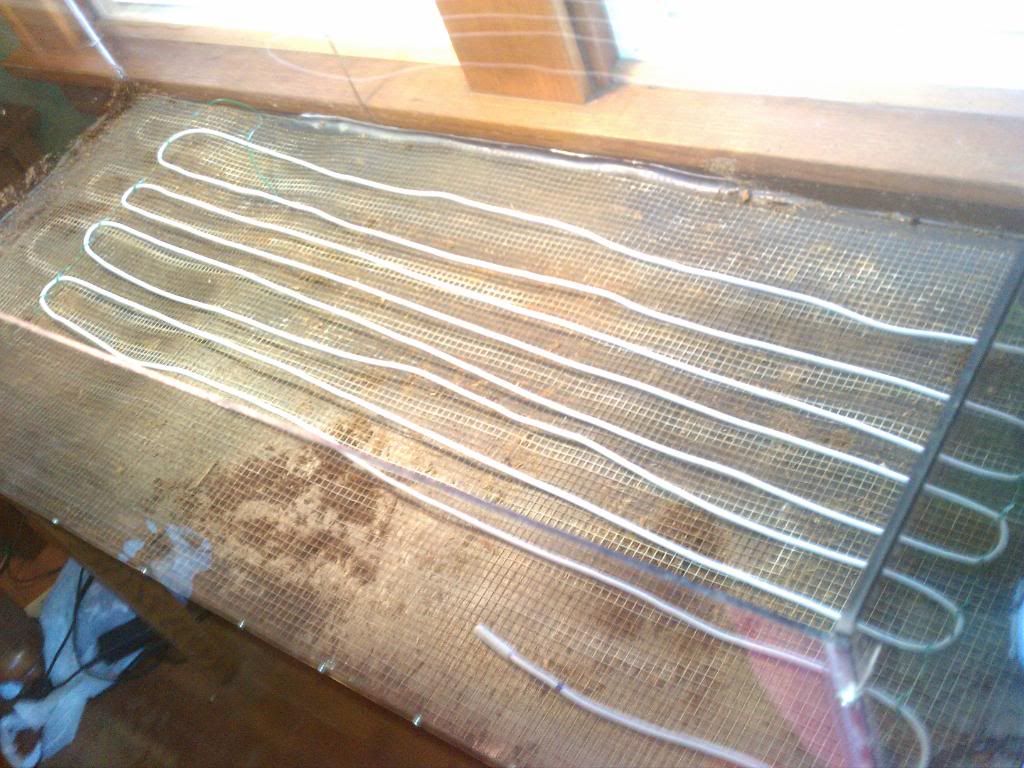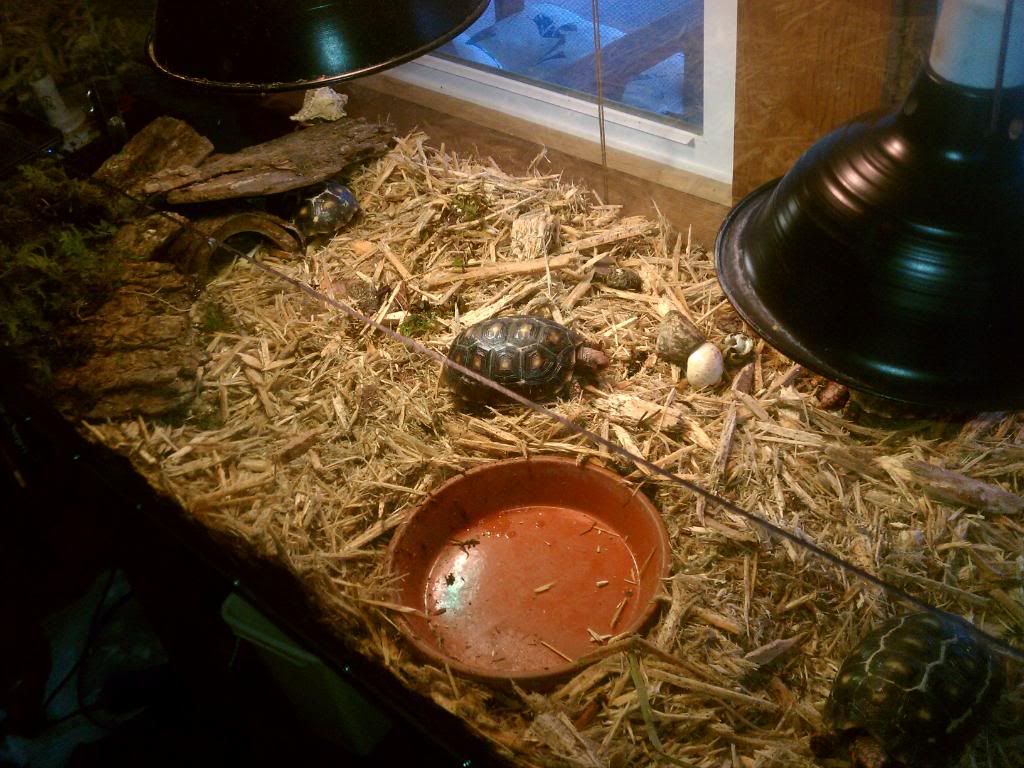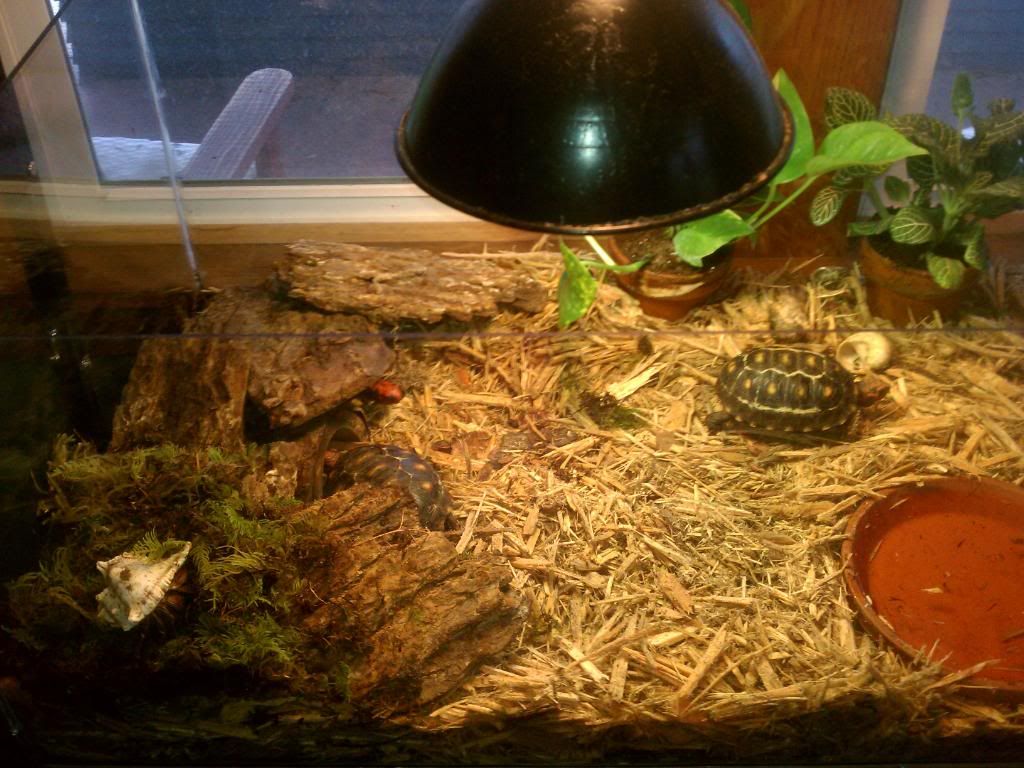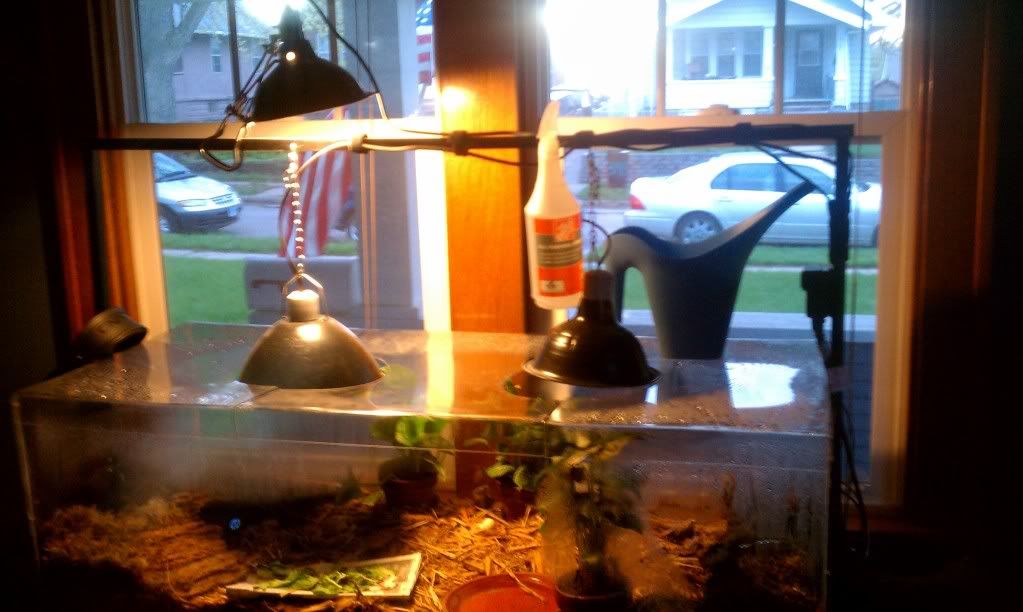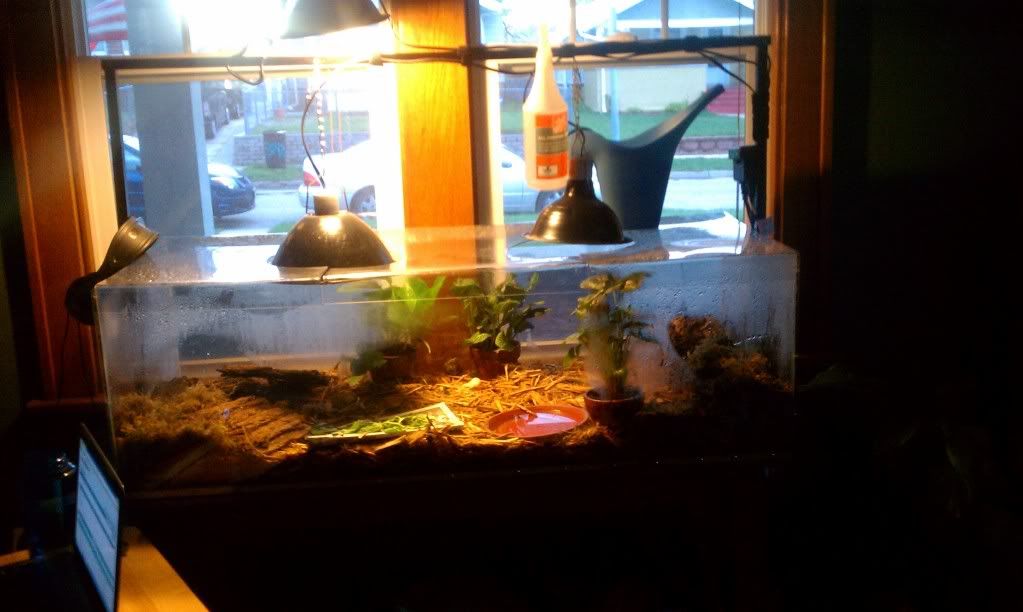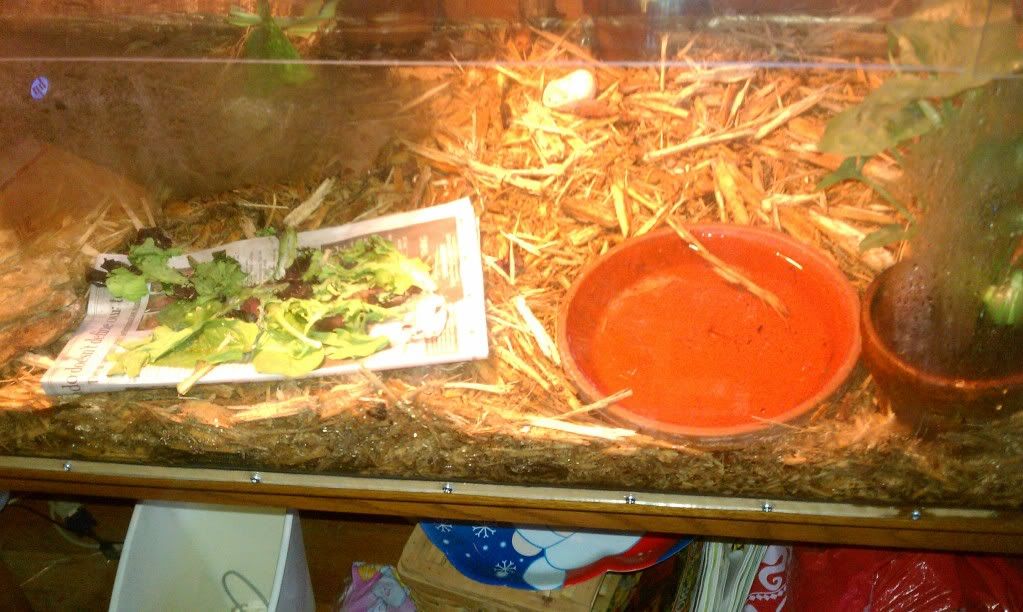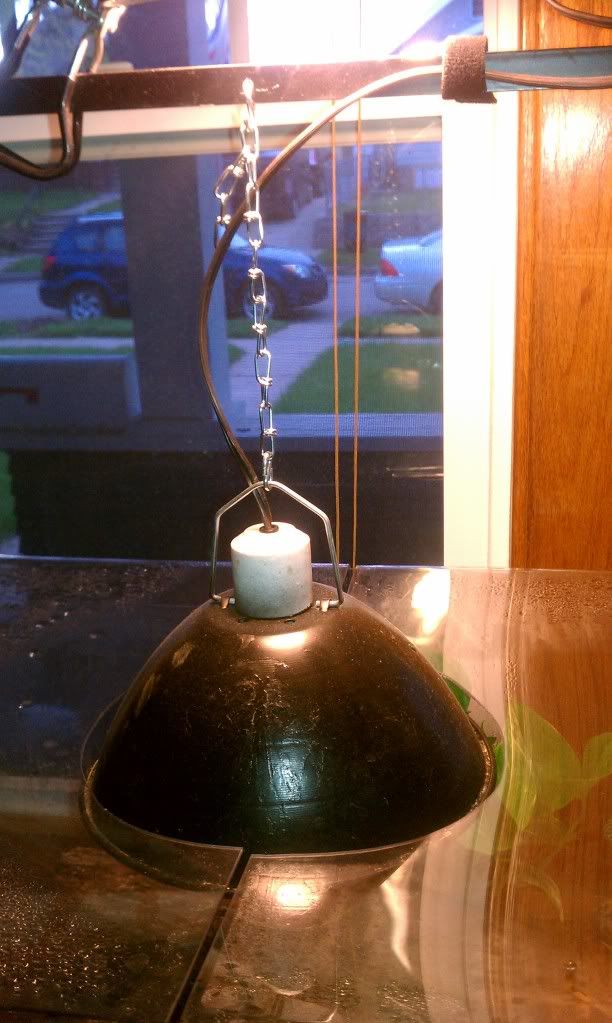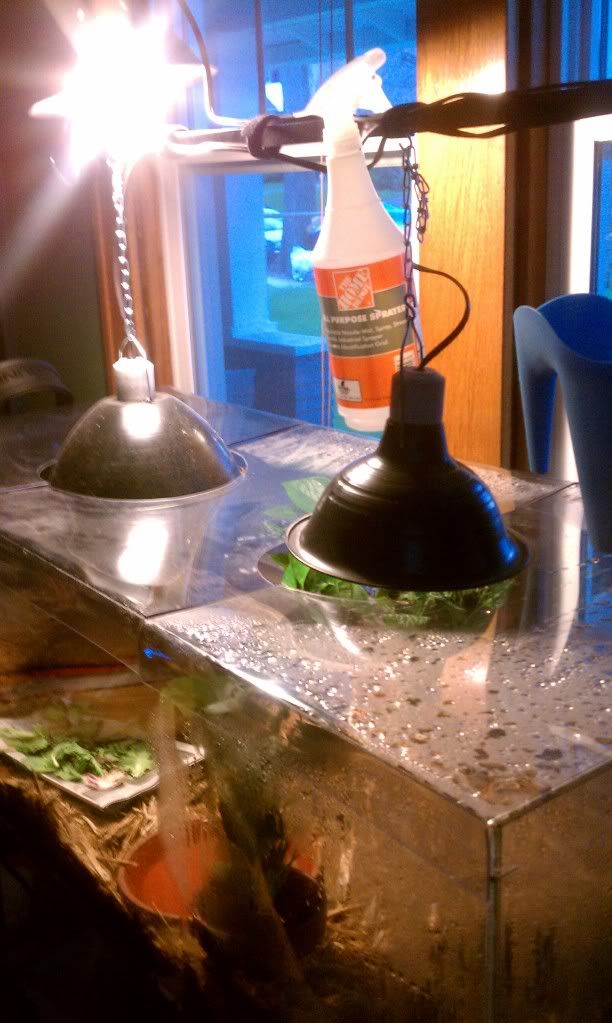Since October 2010, my little Cherryheads and hermit crabs have slowly managed to decimate my habitat, and the other day, the heating cable went out. So, it is Habitat Rebuilding Day, so designated by the Omaha Branch of the World-wide Association of Cherry-head Red-foot Keepers. (Membership info available upon request!)
Right now, I am resting, planning, procrastinating, and really hoping that this miserable 50f weather will warm up against all forecasts. But soon, I will leap into a flurry of action- strip the habitat down, clean it well, recaulk the main joints, reinstall the heat cable, and rebuild. Piece o' cake!
I'll post before and after photos, as well as things like costs and why I am using the stuff I am after I'm done.
Right now, I am resting, planning, procrastinating, and really hoping that this miserable 50f weather will warm up against all forecasts. But soon, I will leap into a flurry of action- strip the habitat down, clean it well, recaulk the main joints, reinstall the heat cable, and rebuild. Piece o' cake!
I'll post before and after photos, as well as things like costs and why I am using the stuff I am after I'm done.
